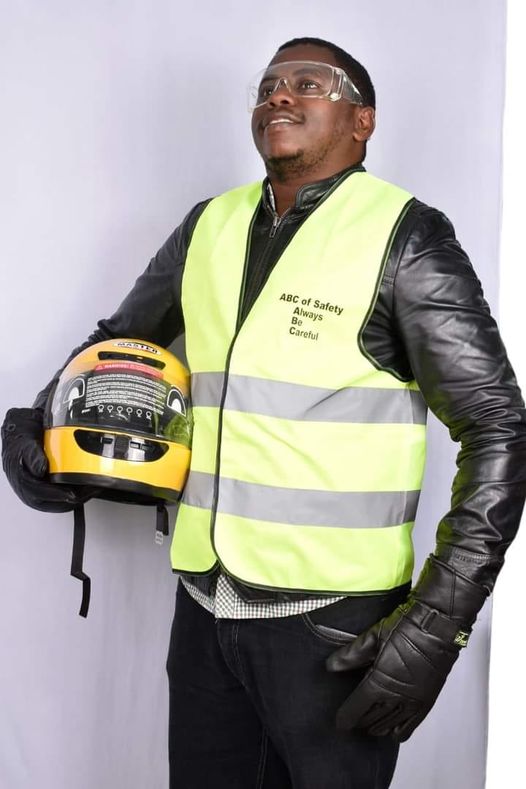Recognizing and rewarding safety achievements is a vital aspect of fostering a culture of safety within an organization. Acknowledging the efforts and contributions of individuals who excel in promoting and maintaining safety not only reinforces positive behavior but also motivates others to prioritize safety. I have been involved by dozens of companies over the years to help prepare safety awards and I organized the First ever Safety competition, awards and safety day event in Kenya. Here’s a comprehensive guide on implementing safety awards, recognition, appreciation, and honoring safety champions:
1. The Importance of Safety Awards and Recognition
Motivation and Engagement:
• Boosting Morale: Recognizing safety achievements boosts morale and encourages employees to remain vigilant and proactive about safety.
• Encouraging Participation: Awards and recognition motivate employees to actively participate in safety programs and initiatives.
• Reinforcing Behavior: Acknowledgment of safety behaviors and practices reinforces the importance of safety and sets a standard for others.
Building a Positive Safety Culture:
• Promoting Values: Awards and recognition highlight the organization’s commitment to safety and reinforce the values of a safety-oriented culture.
• Creating Role Models: Honoring safety champions creates role models who exemplify best practices and inspire their peers.
2. Types of Safety Awards and Recognition
**1. Employee of the Month/Quarter/Year:
• Criteria: Based on exceptional safety performance, such as incident prevention, proactive hazard identification, and adherence to safety protocols.
• Award: A certificate, plaque, or trophy, accompanied by a public announcement and a feature in the company newsletter.
**2. Safety Excellence Awards:
• Criteria: Recognizes departments, teams, or individuals who have demonstrated outstanding safety achievements, such as zero incidents over a period or successful implementation of safety initiatives.
• Award: A formal award presentation, possibly during an annual safety meeting or company event.
**3. Best Safety Improvement:
• Criteria: Awarded for significant contributions to improving safety processes or systems, such as developing innovative safety solutions or implementing successful risk mitigation strategies.
• Award: A plaque or certificate along with a feature in internal communications.
**4. Lifetime Achievement Award:
• Criteria: Recognizes long-term dedication and significant contributions to safety over many years.
• Award: A prestigious award, such as a trophy or engraved plaque, presented at a special ceremony.
**5. Safety Hero Award:
• Criteria: For individuals who have shown exceptional bravery or quick thinking in emergency situations, effectively preventing or mitigating incidents.
• Award: A high-profile award, including a formal ceremony and media coverage.
**6. Team Safety Award:
• Criteria: For teams that have collectively excelled in safety practices, such as achieving exceptional safety performance or implementing effective safety programs.
• Award: A team trophy or plaque and a team celebration or outing.
3. Implementing a Recognition Program
**1. Establish Clear Criteria:
• Define specific criteria for each type of award. Criteria should be measurable, objective, and aligned with safety goals and values.
**2. Create a Nomination Process:
• Develop a process for nominating individuals or teams for awards. This may include self-nominations, peer nominations, or nominations from supervisors.
**3. Form a Selection Committee:
• Assemble a committee to review nominations and select award recipients. The committee should include representatives from various levels and departments.
**4. Promote the Program:
• Communicate the details of the awards program to all employees. Use internal communications, such as newsletters, meetings, and bulletin boards, to raise awareness.
**5. Celebrate Achievements:
• Organize award ceremonies or events to publicly acknowledge and celebrate the achievements of recipients. Ensure that the events are memorable and reflect the significance of the awards.
**6. Provide Meaningful Rewards:
• Choose rewards that are meaningful and valued by recipients. Rewards can include certificates, plaques, monetary bonuses, gift cards, or extra time off.
**7. Share Success Stories:
• Highlight the achievements of award recipients through internal and external communications. Share their stories in newsletters, on the company website, and in social media posts.
**8. Regularly Review and Update the Program:
• Continuously evaluate the effectiveness of the awards program. Solicit feedback from employees and adjust the program as needed to ensure it remains relevant and impactful.
4. Best Practices for Recognizing and Honoring Safety Champions
**1. Be Specific and Timely:
• Recognize achievements promptly and provide specific feedback on what was done well. This ensures that the recognition is meaningful and directly tied to the safety behaviors being rewarded.
**2. Encourage Peer Recognition:
• Allow employees to recognize and appreciate their peers. Peer recognition can be a powerful motivator and fosters a collaborative safety culture.
**3. Incorporate Feedback:
• Seek feedback from employees on the awards program. Understanding their preferences and perceptions can help tailor the program to be more effective and engaging.
**4. Align with Organizational Values:
• Ensure that the awards and recognition align with the organization’s core values and safety objectives. This alignment reinforces the importance of safety and integrates it into the organizational culture.
**5. Create a Culture of Appreciation:
• Foster an environment where appreciation and recognition are integral to everyday interactions. Regularly acknowledge and celebrate safety efforts, both formally and informally.
Recognizing and honoring safety champions is a powerful tool for reinforcing a culture of safety. By implementing a well-structured awards and recognition program, organizations can motivate employees, build morale, and highlight the importance of safety. Acknowledging the efforts of individuals and teams not only celebrates their achievements but also inspires others to embrace and prioritize safety in their daily practices.
Creating a culture where safety is valued and rewarded contributes to a more proactive and engaged workforce, ultimately leading to a safer and more productive workplace. As we continue to champion safety, let us remember that recognition and appreciation are integral to sustaining a culture where safety is not just a priority but a core value.
READ MORE
Nairobi Safety Shop
Safety Ambassador
Becoming An Ambassador Of Safety
Safety Champions Video


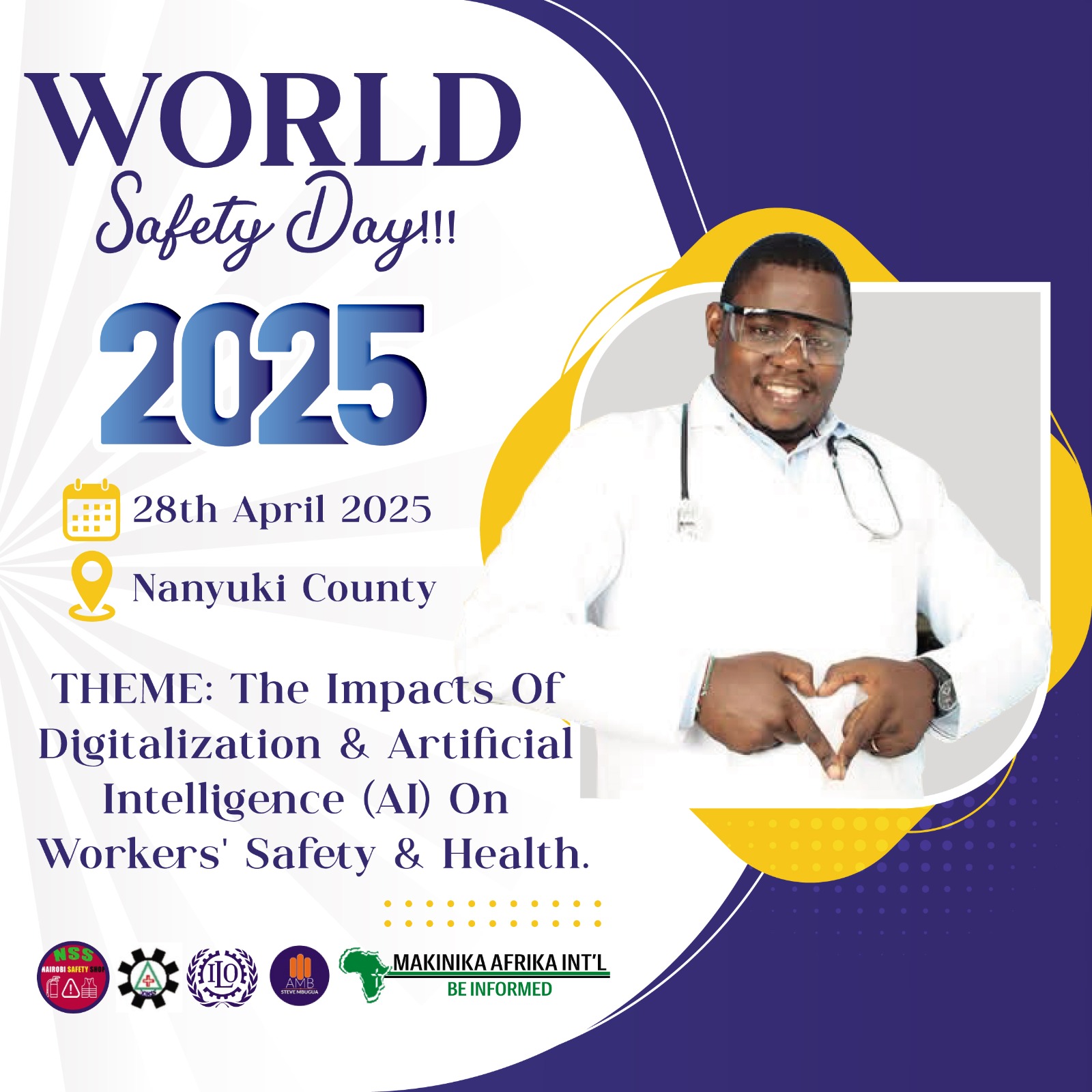

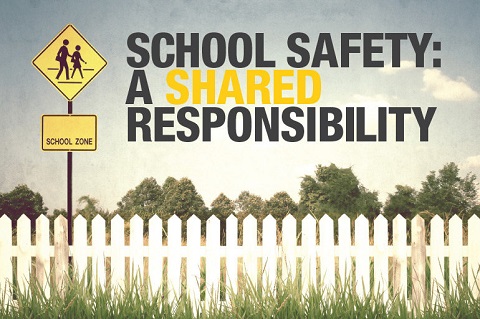
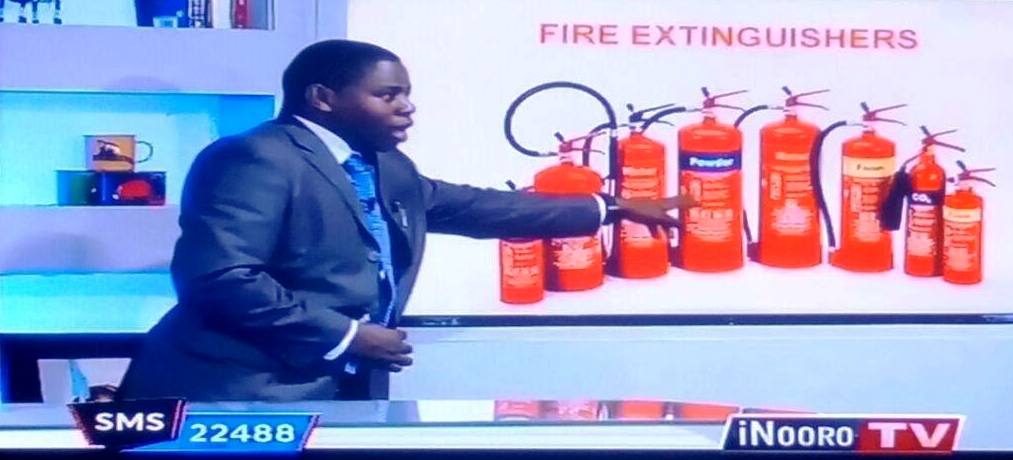

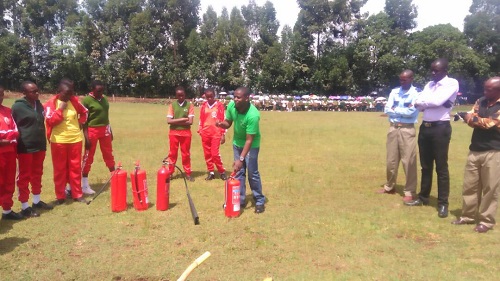

 GENZ KAA RADA – Intro ya Real Life,
GENZ KAA RADA – Intro ya Real Life,








